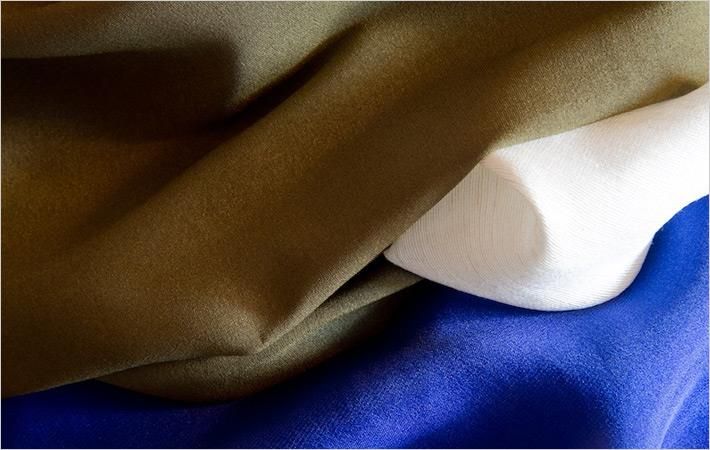New textile fibre necessitates changes in nomenclature law

By Subir Ghosh
A new amendment to a European Union legislation has modified several provisions related to textile fibre names and associated wtih labelling and marking of the fibre composition of textile products. It has also accepted the nomenclature of a new textile fibre called polyacrylate. The new law, Commission Delegated Regulation 2018/122, which entered into force on February 15, amends a number of sections and definitions of the existing legislation, Regulation 1007/2011.
According to the preamble to the new regulation, there were a host of reasons for amending the earlier regulation which required labelling to indicate the fibre composition of textile products, with checks being carried out by analysis on the conformity of those products through indications given on the label.
The 2011 regulation contained a list of textile products for which inclusive labelling was deemed to be sufficient. It included sewing, mending and embroidery yarns presented for retail sale in small quantities with a net weight of 1 gram or less. Due to progress made on the technological front, “that particular textile product was no longer presented for retail sale in quantities with a net weight of 1 gram or less.” Therefore, the list qualifying for inclusive labelling needed updating.
The 2018/122 regulation, which was adopted on October 20, 2017, was to enter into force on the twentieth day following its publication in the Official Journal of the European Union. The regulation was published in the official journal on January 26, 2018.
The new textile fibre that was at the root of many of the changes is polyacrylate. According to the definition which has been added to Annex I of the 2011 framework regulation, polyacrylate is a “fibre formed of cross-linked macromolecules having more than 35 per cent (by mass) of acrylate groups (acid, light metal salts or esters) and less than 10 per cent (by mass) of acrylonitrile groups in the chain and up to 15 per cent (by mass) of nitrogen in the cross-linking.”
Annex II of the 2011 regulation laid down the minimum requirements for a technical file to be included in the application for a new textile fibre name. The very definition has had to be amended. The earlier clause was: “The characteristics mentioned in the definition of the new textile fibre, such as elasticity, shall be verifiable via testing methods to be provided with the technical file along with the experimental results of analyses.” The new clause has added the following: “The definition proposed shall describe the fibre composition.”
Clause 5 which was about “Sufficiently developed identification and quantification methods, including experimental data” has now become “Proposed identification and quantification methods, including experimental data.” Henceforth, “The application [for a new textile fibre name] shall contain all the experimental data, in particular regarding fibre characteristics, identification and quantification methods proposed. Data on the accuracy, robustness and repeatability of the methods shall be provided with the file.”
There is also a new provision related to the availability of samples in the same annex: “The manufacturer or any person acting on the manufacturer’s behalf shall provide representative samples of the new pure textile fibre and the relevant textile fibre mixtures necessary for verifying the accuracy, robustness and repeatability of the proposed identification and quantification methods. The Commission may request additional samples of relevant fibre mixtures from the manufacturer or the person acting on the manufacturer’s behalf.”
The 2011 regulation had mentioned that it was “necessary to harmonise the names of textile fibres and the indications appearing on labels, markings and documents which accompany textile products at the various stages of their production, processing and distribution.” However, the labelling and marking requirements do not apply in cases “where textile products are contracted out to persons working in their own homes or to independent firms that carry out work from materials supplied to them without the property therein being transferred for consideration or where customised textile products are made up by self-employed tailors.” (WE)
Fibre2Fashion News Desk – India
































-Ltd..jpg?tr=w-120,h-60,c-at_max,cm-pad_resize,bg-ffffff)





.jpg?tr=w-120,h-60,c-at_max,cm-pad_resize,bg-ffffff)
.jpg?tr=w-120,h-60,c-at_max,cm-pad_resize,bg-ffffff)






